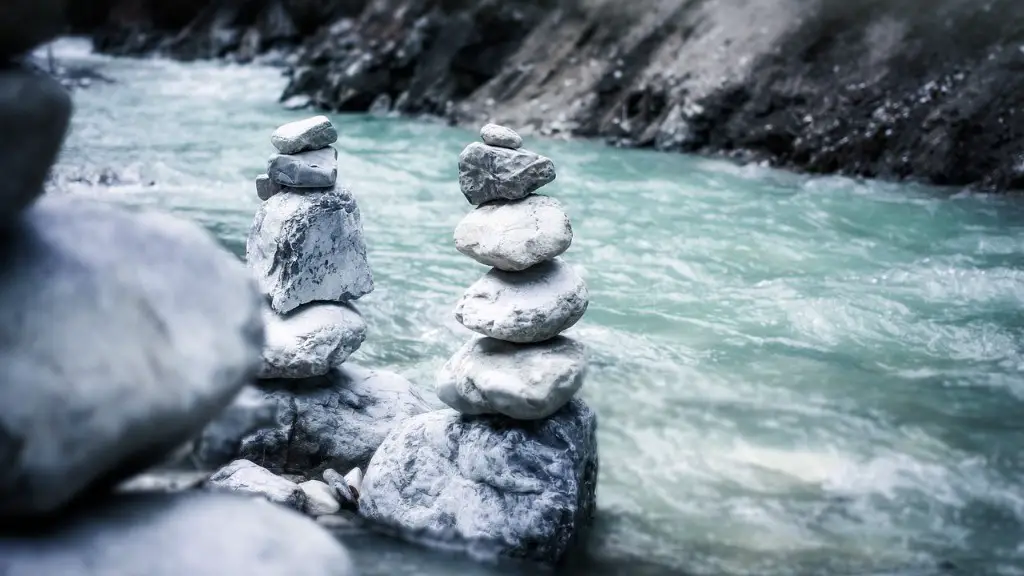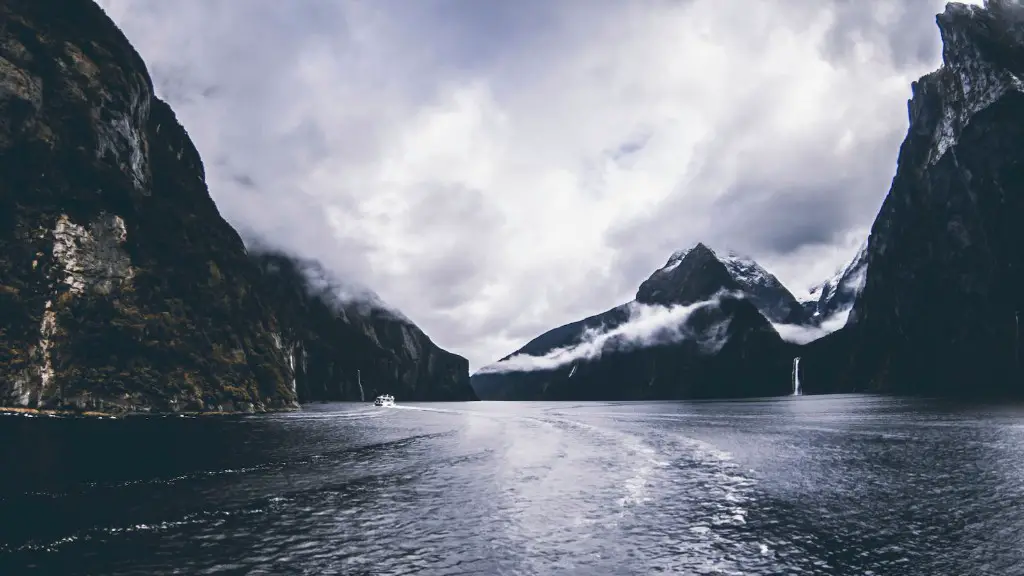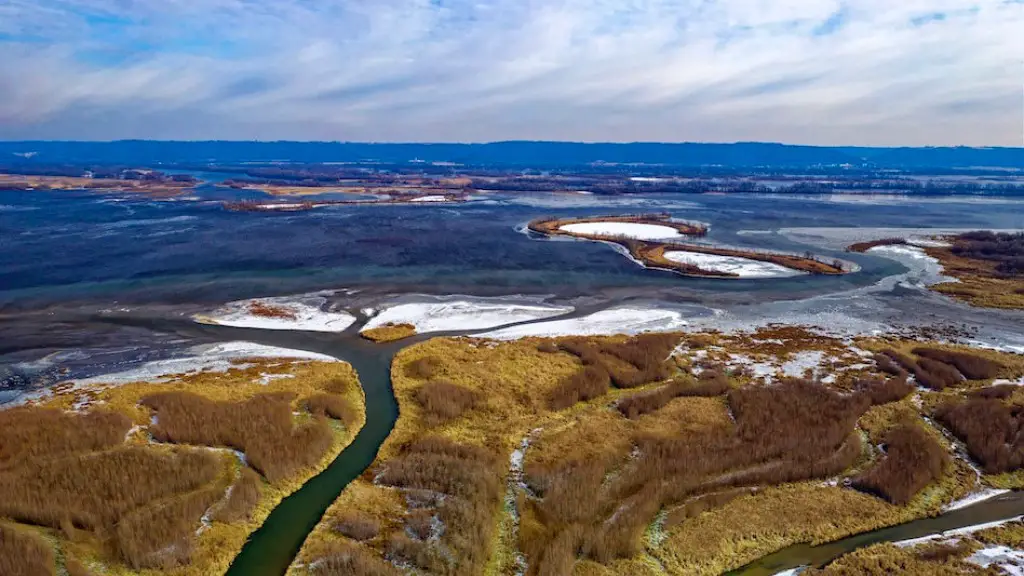The Nile River is the longest river in the world, extending 6,853kilometers across Africa and through 11 countries. It is one of the few sources of fresh water in the African continent and the lifeline for millions of people. But is the Nile River drinkable? This article will provide some valuable insight and answer this important question.
To understand the quality of the water in the river, we must take into account different elements. The amount of bacteria found in the river, the presence of contaminants, the amount of salinity and the amount of minerals present in the water. According to experts, the water in the Nile River is generally considered safe to drink if one follows the World Health Organisation’s guidelines for safe drinking water. This could be achieved by boiling it for at least 5 minutes.
However, in some regions along the river, the water is heavily contaminated with industrial pollutants, agricultural runoff and waste from leaky sewage systems. These contaminants and bacteria can lead to serious digestive issues and diseases such as cholera, dysentery and typhoid. On top of that, chemical agricultural runoff contains nitrates, ammonia and other toxins which can cause further health risks. This poses a particular threat to people living downstream of major cities, where the water has become exceedingly polluted.
Other issues with the quality of the water in the river include the extremely high levels of salinity. The concentration of sodium, sulfates and other minerals in the water can be harmful to those with health conditions relating to high levels of sodium. Additionally, the water in the river can be cloudy and murky due to silt from the mountains and soil erosion in the region. This can make it difficult to see any potential contaminants or debris.
The water in the Nile River may be consumable, but consumption is not without risks. It is important for people living around the river to use extra caution, as the water could contain pollutants, bacteria and parasites that can have serious consequences on wellbeing. People should take preventive measures and purify the water to reduce their risk of getting sick.
Effects on Plant and Animal Life
The Nile River provides a great deal of resources to the natural environment, including harbouring several species of fish, crocodiles and birds. However, it is also home to numerous species of aquatic plants that can be damaged by pollutants. For example, heavy metals and effluents from factories can decrease the amount of oxygen in the water, killing off plant life. Similarly, a high presence of pesticides can be harmful to animal life, as it is toxic to them.
Furthermore, water used for irrigation in the area is taken directly from the river and can contain traces of pollutants. These substances can easily absorb into the soil, potentially leading to problems for the crops grown in the area. This is why it is hugely important for waters in the Nile River to remain potable, otherwise the health of people living within its catchment area could be seriously put at risk.
Resource Management
In recent years, authorities in the countries surrounding the Nile River have adopted various methods to regulate water usage and manage its resources. These practices include water conservation and waste management initiatives such as water recycling, wastewater treatment and energy management.
On top of this, the governments in these countries have also increased the amount of monitoring stations within the Nile River, in order to keep track of water levels, water quality and pollutants. This is an important step, as it allows them to take the necessary actions should any unforeseen events occur in the future.
Future generations will likely benefit from these initiatives, as future environmental policies can be established to ensure sustainable water resource management. This could allow the authorities to provide potable water to the inhabitants of the region for many years to come.
Conclusion
To conclude, the quality of the water in the Nile River can range from safe to dangerous depending on the location. In certain areas, the water is heavily contaminated, leading to serious health risks for people living in the area. For this reason, people should not drink water directly from the river, but rather take preventive measures such as boiling it or purifying it to reduce the risk of getting sick.
Care of Livestock
Besides humans, livestock animals can also be affected by drinking water from the Nile. In some areas, cows and chickens are being raised alongside humans and they are offered the same water they are drinking from. This is not only a health hazard, but it can also have a negative effect on the overall quality of life for those animals.
Therefore, to ensure their safety it is important for farmers to provide their livestock with clean drinking water. This can be achieved by sourcing water from other sources such as underground wells and properly treating it. This is necessary for the health of both humans and animals living in the area.
Cultural and Religious Significance
The Nile River has been an integral part of the culture and religions in the countries that it runs through. This importance is often reflected in artwork, rituals and even scriptures in many of these cultures. Furthermore, the river plays a fundamental role in their national identity, as some of the key events in the history of those countries revolve around it.
For example, in Ancient Egypt, the Nile was an essential source of life, allowing farmers to have an abundance of crops and thus providing them with food and shelter. In turn, this river has become a symbol of strength and resilience for many of the populations living near it.
Economic Impact
The economic impact of the Nile River cannot be understated. The river provides not just a source of potable water, but also a consistent source of industry and employment to people living in its basin. It is estimated that the Nile contributes significantly to the GDP of the countries that it flows through, providing hundreds of thousands of jobs in various sectors such as agriculture, fishing and tourism.
Moreover, the dams along the river can be used to generate hydroelectricity, offering a much-needed energy source to the inhabitants of the region. This energy could in turn be used for a variety of other activities such as crop irrigation and manufacturing.
Environmental Efforts
As previously mentioned, authorities in the countries surrounding the Nile have engaged in a number of initiatives in order to reduce environmental damage. This includes more efficient waste management systems, stricter regulations for factories and intensive water conservation measures.
The government of Ethiopia, for example, has recently started a reforestation system in the Nile basin to reduce soil erosion, a major issue that affects the quality of its water. Additionally, garbage collection agencies have been formed in several of the countries bordering the river, with the aim of preserving the river’s water resources.
Revitalization Projects
The initiative to save the Nile also includes numerous revitalization projects. These include restoring wetlands, removing invasive species, reintroducing fish and improving infrastructure. In Egypt, the government has recently launched the ‘Blue Nile Restoration’ program to raise awareness of the importance of the river and protect its natural resources.
Water hyacinths, a common problem in the region, have also been targeted by Senegal, as the plants can be detrimental to the water quality of the river. Furthermore, officials from Tanzania have used drone technology to monitor and assess the river’s flows, in order to understand the effects of climate change and other human activities on the water body.





